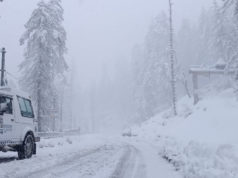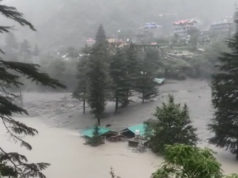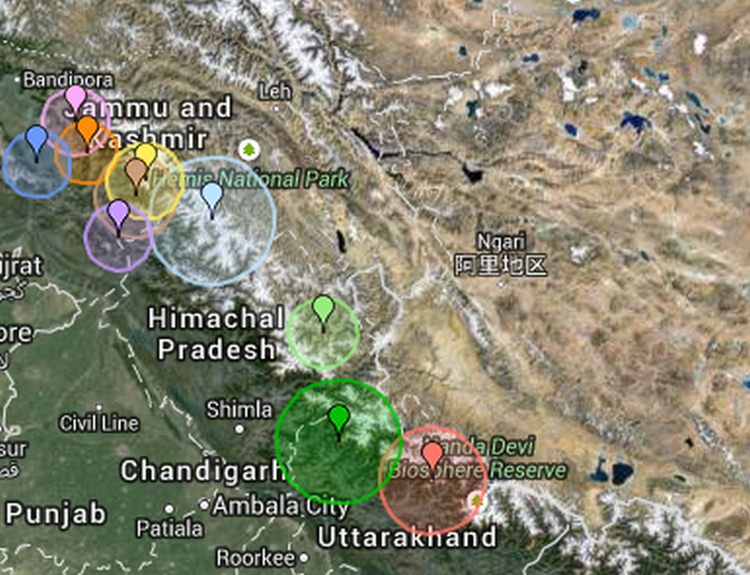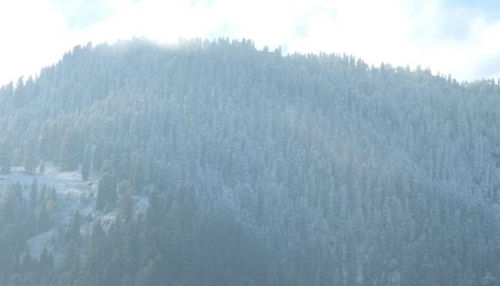Study Reveals 12.72% Decrease in Snow Cover Across Major River Basins; Delayed Snowfall Could Affect Hydro-Power and Agriculture in Himachal Pradesh
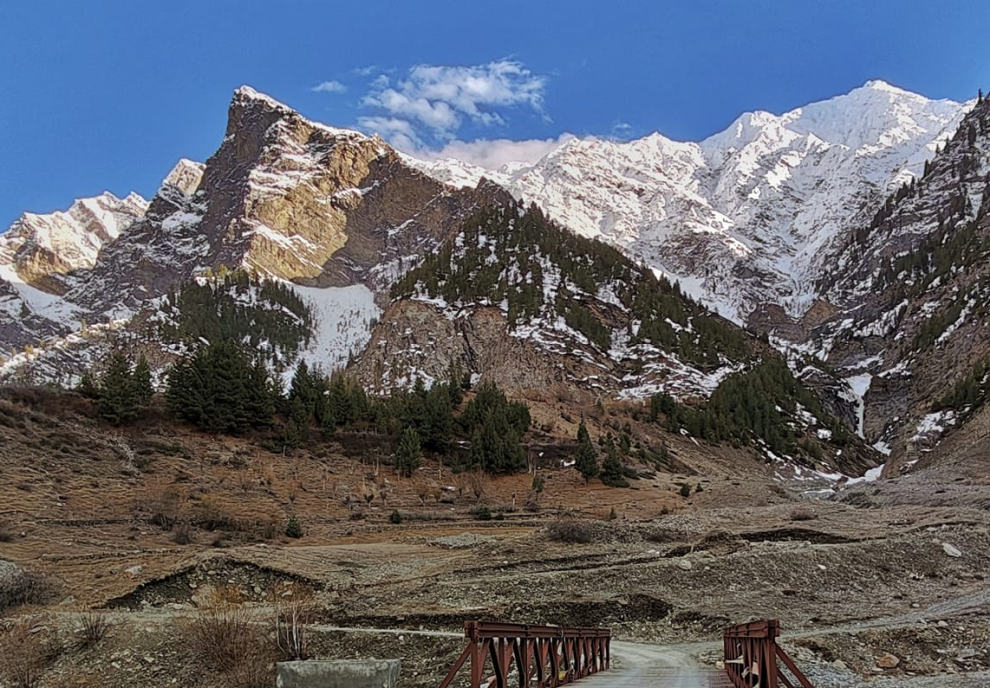
Himachal Pradesh is grappling with a significant shift in its snowfall patterns, characterized by a marked reduction in winter snow and an increase in early summer precipitation. A recent study by the Himachal Pradesh Council for Science Technology-Environment (HIMCOSTE) has highlighted a concerning 12.72% decrease in snow cover across major river basins including Satluj, Ravi, Chenab, and Beas. This shift is raising serious environmental and resource management concerns, with implications for the region’s water resources, hydro-power, and agriculture.
The HIMCOSTE study, which utilized Advanced Wide Field Sensor (AWiFS) satellite data, reveals that snow cover during the peak winter months of December and January has decreased significantly. January, in particular, saw a severe drop in snow cover compared to previous years. Although there was some recovery in February and March with increased snow cover, this late-season snowfall may not be sufficient to compensate for earlier deficits. The study also notes a reduced snow cover during the early winter months of October and November, with a slight increase only in the Ravi basin.
This shift towards later snowfall and early summer precipitation aligns with broader research on Himalayan snow cover trends. Over the past three decades, numerous studies have documented a decrease in snow cover across the Himalayas. Research published in the journal Nature Climate Change highlights that snow cover in the Himalayas has been declining at a rate of approximately 2% per decade. This trend has been attributed to rising temperatures and changing precipitation patterns due to climate change.
Implications for Water Resources and Hydro-Power
The reduction in winter snow cover has significant implications for water resources and hydro-power production. Snowmelt from the Himalayas is critical for sustaining river flows, which are essential for agriculture, drinking water, and hydro-power generation. Reduced snow cover disrupts this balance, potentially leading to water scarcity during the summer months when water demand peaks.
A study published in Water Resources Research indicates that reduced snow cover is expected to lead to a decline in river discharge during the dry season, impacting hydro-power plants that rely on consistent water flow. The irregular flow of rivers could affect power generation, increase energy costs, and impact the reliability of electricity supplies. Similarly, agriculture, which depends on predictable water sources for irrigation, may face challenges as water availability becomes less reliable.
Environmental and Ecological Concerns
The changing snowfall patterns also pose broader ecological concerns. Reduced snow cover impacts local ecosystems, including forests and wildlife that depend on stable snow conditions. Research from the Journal of Hydrology points out that changing snowmelt patterns can alter the timing and availability of water resources, affecting both human and ecological systems.
The decrease in snow cover can also lead to increased glacier melt, which, while temporarily boosting river flows, can result in long-term water shortages as glaciers continue to recede. According to a study published in Science Advances, the rapid retreat of Himalayan glaciers is contributing to the overall decline in snow cover, exacerbating water scarcity issues in the region.
Call for Action
As Himachal Pradesh navigates these shifting weather patterns, there is a pressing need for enhanced water resource management and adaptation strategies. Policymakers, scientists, and stakeholders must collaborate to develop solutions that address these challenges and ensure the sustainability of the region’s water resources.
The evolving snowfall trends in Himachal Pradesh underscore the broader impacts of climate variability on vulnerable regions. Increased awareness and proactive measures are essential to address the challenges posed by changing climate patterns and their effects on critical resources.
The study’s findings, coupled with the broader research on Himalayan snow cover trends, highlight the urgent need for action to mitigate the impacts of reduced snow cover and shifting precipitation patterns. By understanding these changes and preparing for their potential effects, Himachal Pradesh can work towards safeguarding its environmental and economic stability in the face of climate change.


